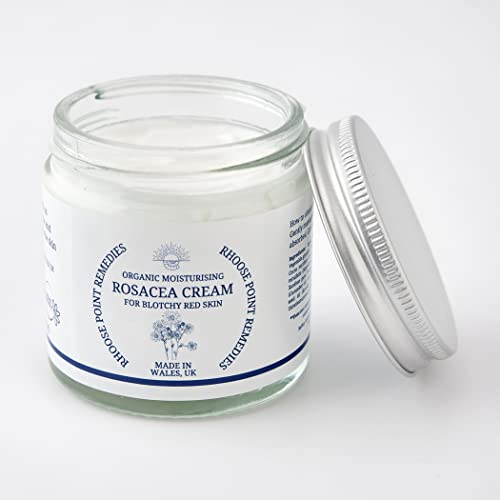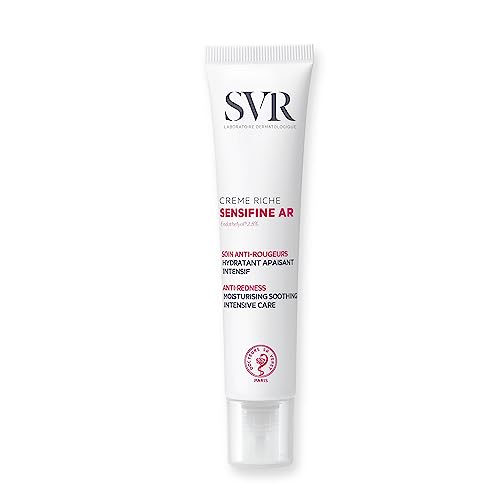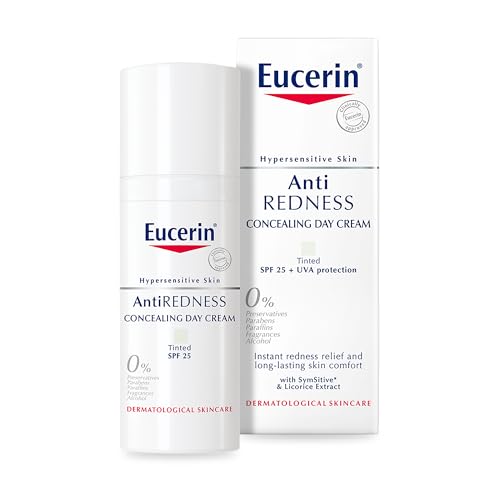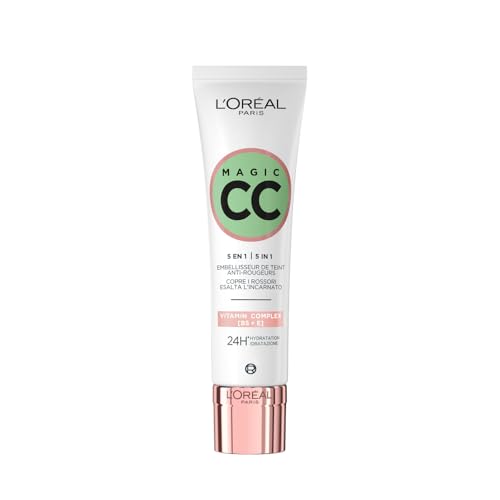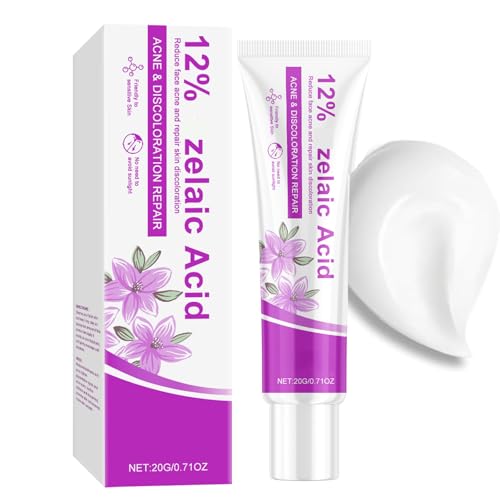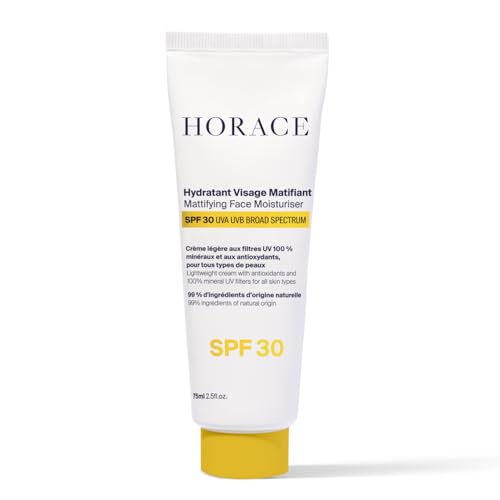Understanding Rosacea: What You Need to Know
What is Rosacea?
Rosacea is a common skin condition that primarily affects the face, causing redness, visible blood vessels, and sometimes acne-like bumps. For many, it begins as a tendency to flush or blush easily, which can progress to persistent redness and sensitivity. Recognising these symptoms early on is essential to managing the condition effectively.
Who is Affected by Rosacea?
Rosacea can affect anyone but is most prevalent among adults aged 30 to 50, particularly those with fair skin. While both men and women can develop rosacea, studies suggest that women are more likely to seek treatment. Understanding who is at risk can help us identify flare-ups and act accordingly.
Triggers that Worsen Rosacea Symptoms
Certain factors can exacerbate rosacea symptoms, including extreme temperatures, spicy foods, alcohol, stress, and hot beverages. Being aware of our personal triggers can help us manage flare-ups effectively and maintain clearer skin.
Key Ingredients in Rosacea Creams: What to Look For
Anti-inflammatory Ingredients
When shopping for rosacea creams, look for anti-inflammatory ingredients such as azelaic acid and niacinamide. These compounds work to reduce redness and swelling, providing a soothing effect on the skin. Incorporating these ingredients into our daily routine can make a noticeable difference.
Moisturising Components
Hydration is crucial for those with rosacea, as dry skin can aggravate symptoms. Ingredients like glycerin and hyaluronic acid help retain moisture while maintaining skin barrier function. Choosing a cream that hydrates effectively will enhance overall skin comfort.
Sun Protection Ingredients
Protection from UV rays is vital. A rosacea cream with built-in sun protection can help shield our skin from harmful rays that trigger flare-ups. Look for ingredients such as titanium dioxide or zinc oxide, which provide a physical barrier against the sun.
How to Choose the Right Rosacea Cream for Your Skin Type
Understanding Our Skin Type
Identifying our specific skin type is essential when selecting a rosacea cream. If we have oily skin, opt for lightweight, non-comedogenic formulations that won’t clog pores. For dry skin, we should look for creams rich in emollients that provide extra hydration.
Consider Hypoallergenic Products
Choosing hypoallergenic formulations is crucial, as sensitive skin can react adversely to common irritants. Reading labels for the term ‘fragrance-free’ and avoiding harsh chemicals will help us find a cream that soothes rather than irritates.
Test Product Compatibility
Before fully committing to a new rosacea cream, we recommend doing a patch test. Apply a small amount on a discreet area of skin and observe for any adverse reactions over a few days. This will help ensure that the product is suitable for our skin.
Application Tips for Best Results with Rosacea Creams
Cleanse Before Application
Starting with a gentle cleanser is crucial for achieving the best results with rosacea creams. Cleansing removes impurities that can hinder the effectiveness of the cream. We should gently pat our skin dry to maintain moisture.
Time It Right
Applying rosacea cream at the right time during our skincare routine can enhance its benefits. We should apply it after cleansing and toning, allowing it to penetrate the skin effectively. Using it consistently, ideally twice a day, will yield the best results.
Layering Products Wisely
When applying multiple products, we should consider the order to prevent pilling. After our rosacea cream, light serums or moisturisers can follow. Always offer our skin some time between layers to let each product absorb effectively.
Maintaining Skin Health Beyond Rosacea Creams
Importance of a Balanced Diet
Maintaining overall skin health goes beyond creams. A balanced diet rich in antioxidants, such as fruits and vegetables, can help reduce inflammation. Hydration is equally important; drinking plenty of water keeps our skin hydrated from within.
Regular Skincare Routine
Establishing a consistent skincare routine is crucial for those with rosacea. This routine should include a gentle cleanser, moisturiser, and appropriate rosacea treatments. Regular application helps keep our symptoms under control.
Consulting a Dermatologist
If symptoms persist or worsen despite using creams and adjusting our routine, consulting a dermatologist is a vital step. They can provide personalised treatment plans and recommend prescription medications when necessary.
